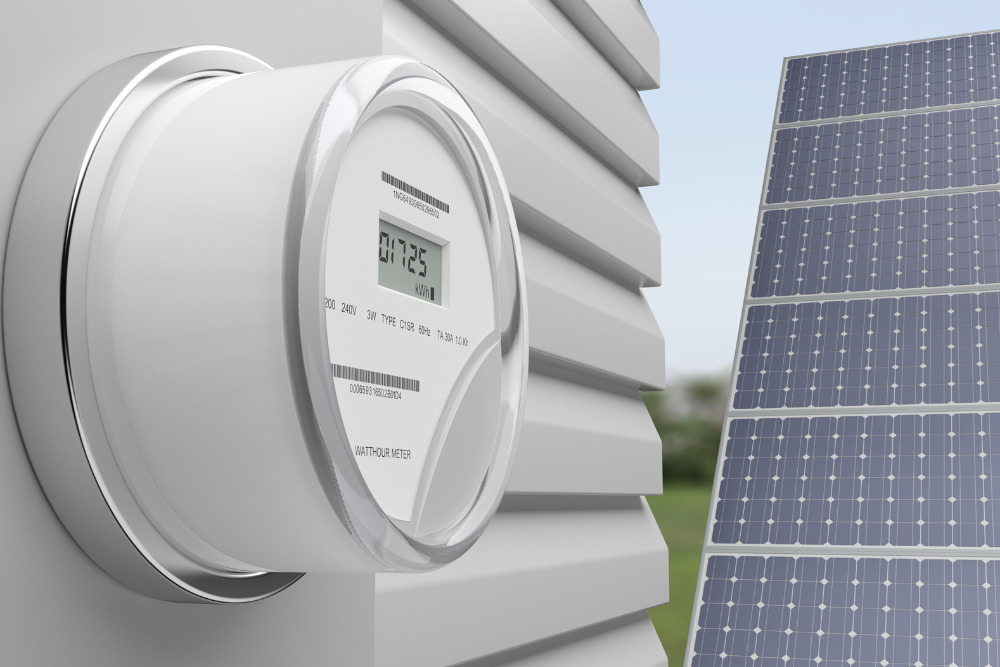
Rebates are one-time cash-back payments for installing a solar panel system. Usually, they’re offered by state and local governments, utility companies, solar installers, or panel manufacturers.
Rebates are one-time cash incentives you earn from solar installers, state governments, municipalities, or solar energy equipment manufacturers. Usually, you’ll get them through your solar vendor, who will help you file for them.
This means you’re on the hook paying for the solar energy system upfront, whether with cash or through financing. After receiving your rebate, you can use it for other home improvement projects, save it, spend it, or apply it to your solar loan. However, remember to check any repayment penalties on your solar loan.
Unlike other incentive programs or tax credits, rebates typically run for a limited period and disappear once the provider achieves their installation goal.
What’s The Difference Between Solar Tax Credits, Incentives, And Rebates?
Solar tax credits, rebates, and incentives are initiatives by different stakeholders to reduce solar system costs. Therefore, they bear significant differences in how they work.
- Solar tax credits: These are state and federal government-sponsored tax reductions on your income tax for installing a solar electric system. They include:
- Federal investment tax credit/Investment tax credit (ITC): This is a significant solar incentive from the federal government available to American taxpayers who wish to go solar. Businesses and homeowners can claim the federal solar tax credit, but those on a lease or PPA are not eligible. With this solar credit, you’ll get 30% of the total cost of your solar project in the form of federal income tax reductions.
- State tax credits: These solar credits work like the federal ITC. Therefore, installing solar photovoltaic or other clean energy systems will reduce your state tax liability. Examples of state tax credits include property tax exemptions and sales tax exemptions.
- Incentives: These are solar programs to reduce the cost of solar PV systems from state & local governments and other organizations. They come in the form of subsidized loans and tax incentives. Also, they vary from one state to another. Other forms of incentives include net metering and renewable energy credits such as solar renewable energy certificates (SREC)
- Rebates: As mentioned earlier, rebates are one-time programs and function more like refunds. You’ll usually apply through your solar company, but you may also apply directly with the organization running them.
These programs are excellent financing options to lower your solar installation costs. Moreover, you can use most rebates and incentives with the federal ITC for more energy savings.
However, unlike the ITC, which is straightforward, incentives and rebates vary from state to state down to local and nongovernmental organizations. Therefore you’ll need to research the best programs within your location.
The Database of State Incentives for Renewables & Efficiency (DSIRE) is an excellent place to start since you only need your zip code to get all the available programs in your state, city, or from your local utility company.

Types Of Solar Rebates Available
Solar rebates vary vastly depending on the provider and location. Therefore, your installer SHOULD inform you of all available rebates. They may even file for the rebate on your behalf for complex applications. Here are the most common types of rebates.
Rebates from state governments and/or utility companies
Rebates from state governments and/or utility companies are the best since you’ll get more cashback than with other rebates. But they need a lot of work to claim them.
This is because the eligibility rules are strict and require detailed submissions about your solar equipment. For instance, some rebates restrict the type of equipment, renewable energy system size and design, and performance.
Therefore, your utility company will take up the process on your behalf or help you capture the required details.
Also, remember that some rebate providers will not pay you directly. Instead, they will pay the installer to reduce the system installation costs.
An example of a rebate from the state government is the Oregon Solar + energy storage rebate program. The Oregon Department of Energy runs this program which covers low and middle-income homeowners. If you qualify for this program, you’ll get up to $5,000 for solar panels and an additional $2,500 for storage batteries.
But you must work with an approved contractor who will get the rebate and subtract it from your total costs.
Rebates from installers
Rebates from installers are simple and straightforward. They’re usually one-time promotions for customers who decide to work with them. You only need to sign up with them, and they will deduct the rebate from the cost of the system.
As you scout for installers, remember that cost and available incentives aren't everything. Ensure they’re experienced and have the required certifications and experience in solar installation.
Rebates from solar equipment manufacturers
As the name implies, these are rebates from solar equipment manufacturers, such as solar panels, storage devices (batteries), and inverters.
Like rebates from installers, the process is simple since you work directly with the provider. So you’ll only need proof of installation in the form of a contract, a photo of the product in your solar power system, or a reference from the utility company.


